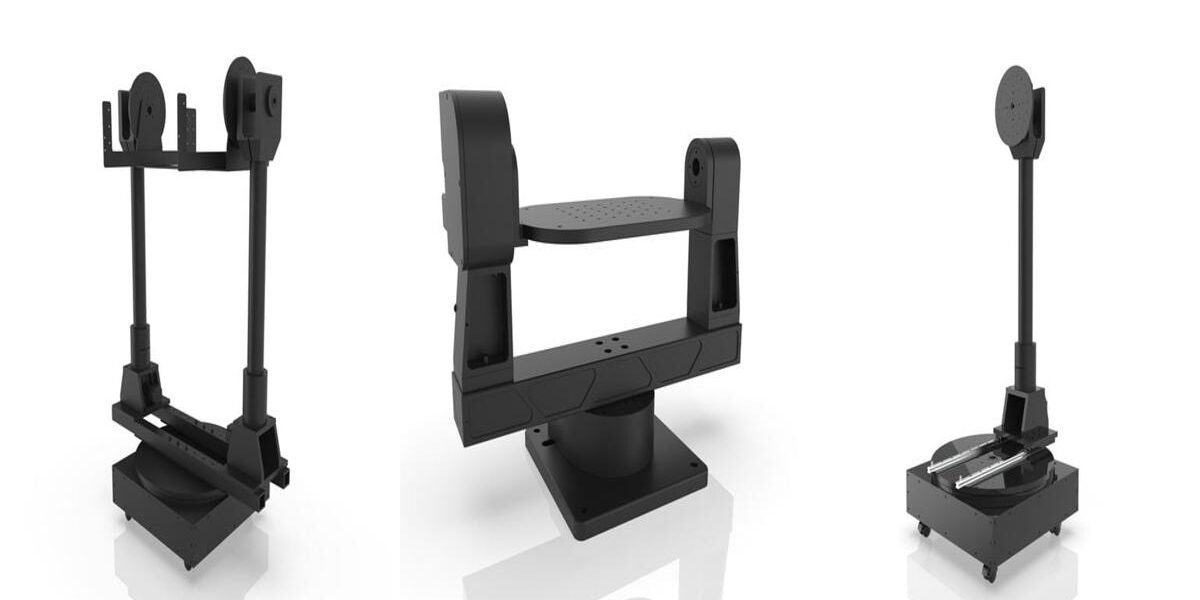Introduction
We use antennas in nearly all wireless devices nowadays. As 5G technology grows and more devices use millimeter-wave (mmWave) frequencies, we need better ways to test antennas.-one of the most trusted methods is the far-field antenna measurement system. It helps engineers to check how well antennas work from a distance. However, measuring mmWave and 5G antennas brings new challenges. This blog explains those problems and offers simple solutions.
What Is Far-Field Antenna Measurement?
In far-field testing, we are measuring the performance of the antenna from a very long distance. This is a distance where the waves are solid and well established. For mmWave and 5G antennas, we must be even more precise. These antennas are smaller, they are faster, and they are more complex.
Key Challenges in FAR-Field Antenna Measurement for mmWave and 5G
- Short Wavelengths
- mmWave signals have extremely short wavelengths (1–10 millimeters).
- It can impact the result by even a small measurement setup mistake.
- Large Measurement Distances
- Receiver and antenna need to be reasonably far apart for high accuracy measurements in the far field.
- The higher the frequency, the longer the required distance.
- For example, at 30 GHz we might need more than 5 meters between antennas.
- Precise Alignment
- The antennas must be pointed at each other precisely.
- A little tilt will make the signal decrease or produce incorrect results.
- Signal Loss
- High-frequency signals face more loss during travel.
- Connectors and cables also affect performance.
- Expensive Equipment
- mmWave testing requires costly equipment.
- These include Vector network analyzers, positioners, and anechoic chambers.
- They are expensive and require experienced engineers to handle.
- Reflections and Interference
- mmWave signals reflect very easily off walls, metal, and even humans.
- This cause noise and unreliable results.
Solutions for 5G and mmWave Far-Field Antenna Testing Challenges
- Compact Antenna Test Ranges (CATR)
- Reflectors are employed by CATR facilities to produce far-field conditions within a small area.
- They help reduce the required distance for testing.
- This makes indoor testing easier and more reliable.
- Anechoic Chambers
- These rooms absorb reflections using foam-based materials.
- A clean, quiet environment is provided for the test.
- Engineers can measure antenna patterns directly.
- Precision Positioning Systems
- Turntables and positioners by automation position the antennas with high accuracy.
- They rotate antennas at small angles to collect 3D data.
- This allows beam strength and direction understanding.
- Low-Loss Cables and Connectors
- Use high-quality, low-loss cables to minimize signal loss.
- Keep cable lengths short and well-shielded.
- Calibration and Error Correction
- Calibrate the system prior to operation at all times.
- Software tools can eliminate cable, adapter, or environment-based errors.
- Use of Software Simulation
- Anticipates antenna performance prior to actual test by using modeling software.
- Saves time and minimizes design errors.
Advantages of a Well-Designed Far-Field System
- Better product quality: It makes your antenna behave as it was meant to.
- Faster development: Engineers are able to locate and correct defects early in design.
- Regulatory approval: Proper testing allows them to meet telecom regulations.
- Competitive edge: Companies that have good testability can create better-quality products.
Conclusion
It can be done but it is hard to measure the far-field antenna of 5G and mmWave devices. We’re confronted with loss of signal, short wavelengths, and long range. But with the right equipment and smart methods—like using CATRs, proper calibration, and anechoic chambers—we manage to overcome these challenges. Proper testing means wonderful devices, high-speed networks, and 5G power. Antenna testing will make its mark in wireless technology future as we look into the unknown. Check for more details on products about Antenna Test Systems.
Contact DMC today. Let’s see how we can help you achieve the dependable data you require.

